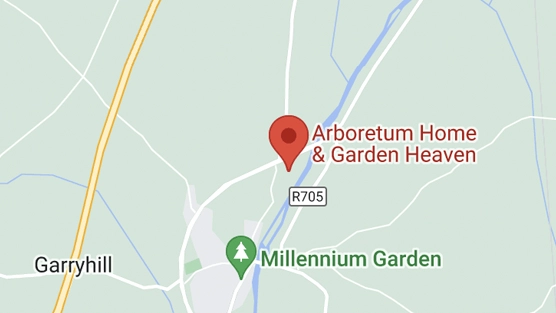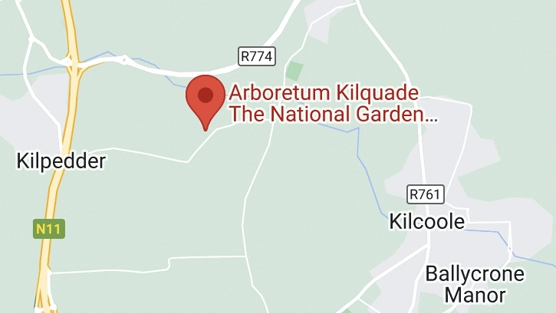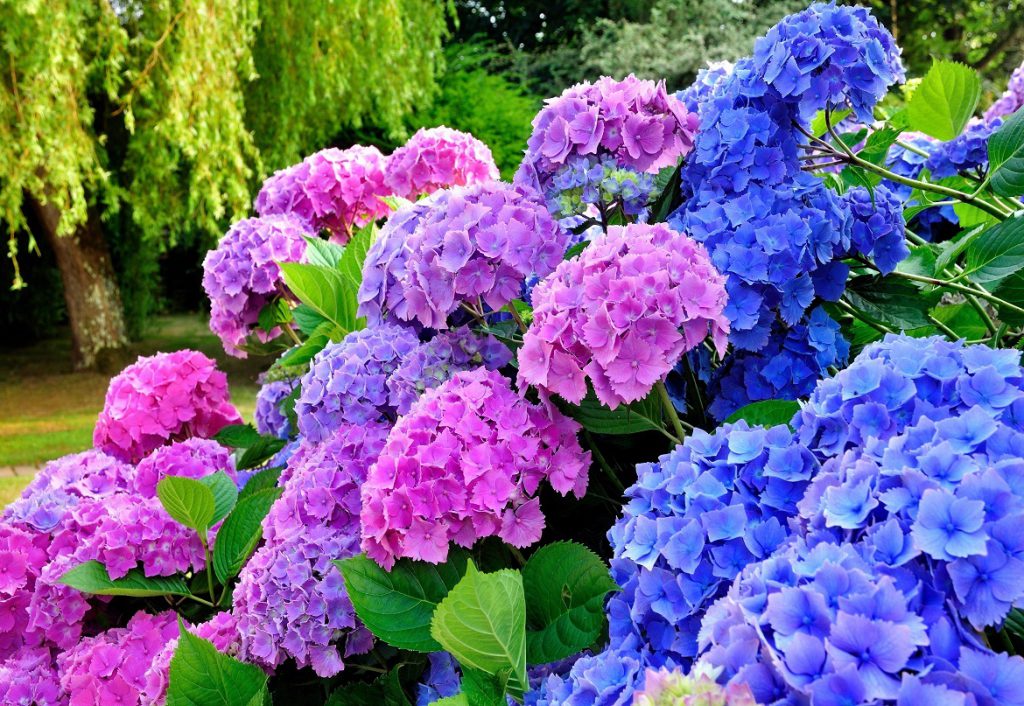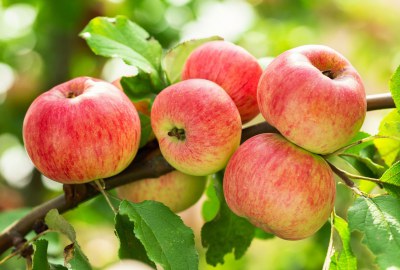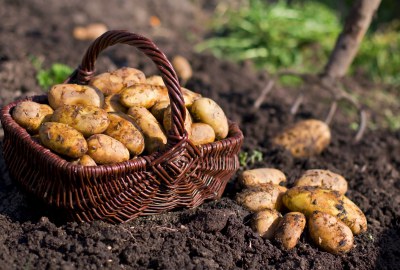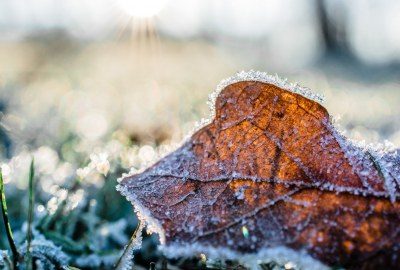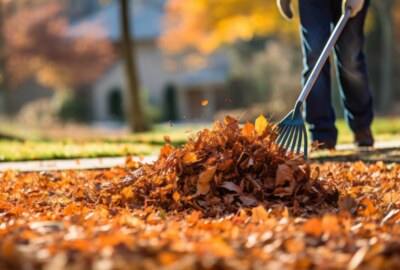Gardening
Hydrangeas for your Garden – Spectacular Summer Blooms
When it comes to flamboyant summer blooms, you will never surpass the beauty of hydrangeas. Hydrangeas are such reliable flowering shrubs and they suit gardens of all sizes. They flower for much longer than most other plants, months rather than weeks. Many people are unaware of just how many different types and colours of hydrangeas come in. The best-known hydrangeas are the mopheads or the lace caps, which are traditionally pink or blue depending on your soil ph.
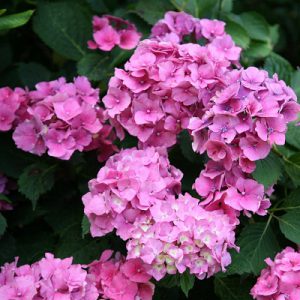 Mophead hydrangeas
Mophead hydrangeas
Mophead hydrangeas (Hydrangea macrophylla) are the ones with the big showy flowers, which bloom during the summer months and especially during wet summers. One would be forgiven for thinking mopheads were only available in pink or blue, as this is what you tend to see in many people’s gardens. This is not the case and a visit to our garden centre will show that they are available in a vast array of colours including whites, reds, and even new black-stemmed varieties.
Lacecap hydrangeas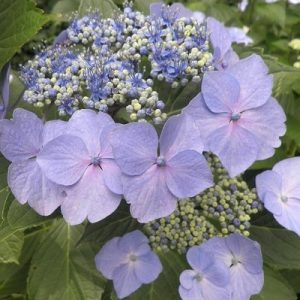
Lacecap hydrangeas (Hydrangea macrophylla normalis) are not as flamboyant as the mopheads but tend to be more delicate looking and fit in better with natural woodland gardening. Once again, the lacecaps come in a huge variety of colours, ranging from pinks and purples to blues and whites. It must be noted that hydrangeas’ colour will be determined by the growing conditions and by the soil ph in particular
Colour change in hydrangeas
The most asked question regarding hydrangeas is how to keep blue hydrangeas from changing to various shades of pink. In alkaline soils blue hydrangeas will turn to pink This can easily be remedied by adding aluminium sulphate to the soil, thus raising the ph. However, if you are living in an area where the soil is alkaline, I would suggest that you grow blue hydrangeas in pots using ericaceous composts. Pink and red hydrangeas will generally stay the same colour, as will whites.
As a rule, you do not prune macrophylla hydrangeas except for damaged stems or rejuvenation of older plants. On plants that are five years and older, prune a third each summer to keep the plants actively growing. You must remember that macrophylla hydrangeas flower on old wood (previous year’s growth) and will not flower if pruned later than July. One exception to this is hydrangea arborescencs ‘Annabelle’, it is a late summer flowering hydrangea, which flowers on current season’s growth, therefore it can be pruned back hard in the winter.
To be successful with hydrangeas you must plant them in soils that have the ability to retain moisture, and especially during dry summers. They are most happy when they receive morning sun followed by afternoon shade.
Hydrangea: Our Top Pick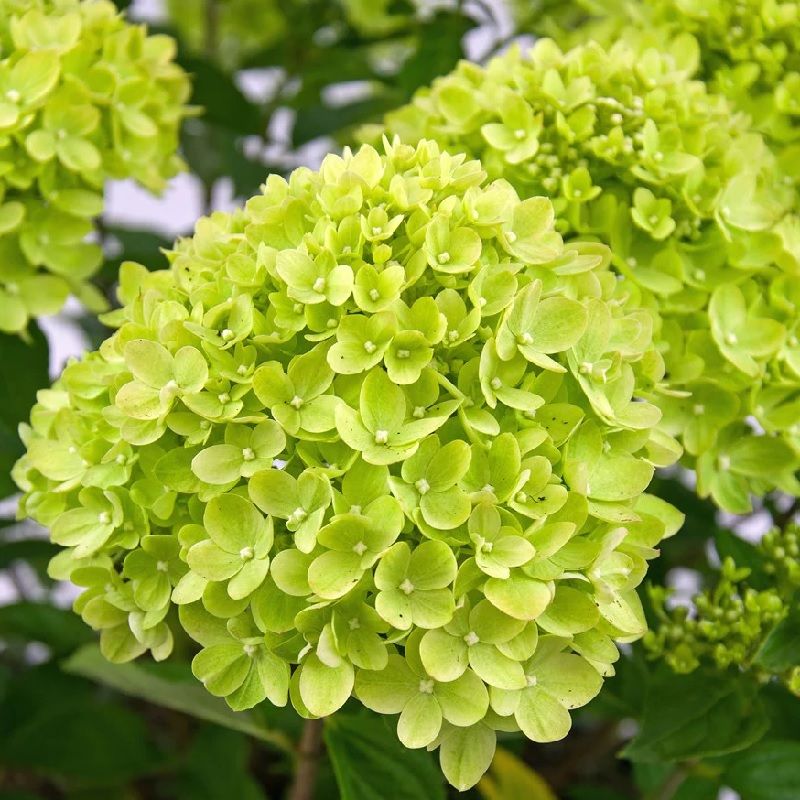
Hydrangea ‘Jane’
Botanical Name: Hydrangea paniculata ‘Little Lime’.
Type: Summer flowering shrub.
How Hardy: Fully hardy.
Aspect: Thrives in full sun and drier soils.
Flowers: Flowers are lime green which appear plentiful in summer before turning yellow in autumn.
Top Garden Tips for July
Now is the time to summer prune cherries and plums, which should prevent silver-leaf. (A fungal disease that turns leaves of infected trees silver, hence the common name).
Tip: Prune stone fruit trees now as there are less fungal spores of silver-leaf around, therefore trees are less susceptible to spores entering through cuts that have been made by removing damaged or diseased branches.
Thin out excess fruit on over laden-fruit trees and especially on plum trees
Tip: Thinning fruits on plum trees prevents the trees suffering from stress. If a plum tree is overstretched it will have insufficient energy to make next seasons flowers, hence your tree will now produce fruit on a biennial basis.
With July’s rain and the combination of warm nights, it has been the perfect weather for potato blight. So, spray when you get a dry spell and don’t forget to spray tomato plants and the flowering potato vine (Solanum crispum) as they are also susceptible to blight.
Tip: Ensure you spray underside of leaves to give full protection of plants from fungal spores entering through exposed leaf area.

